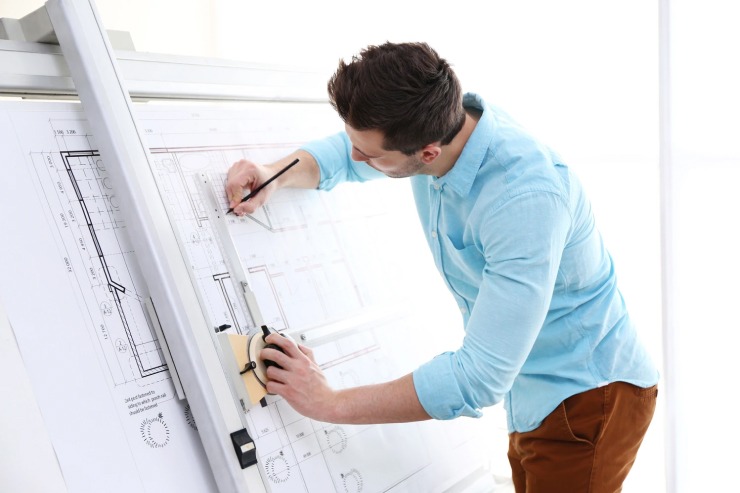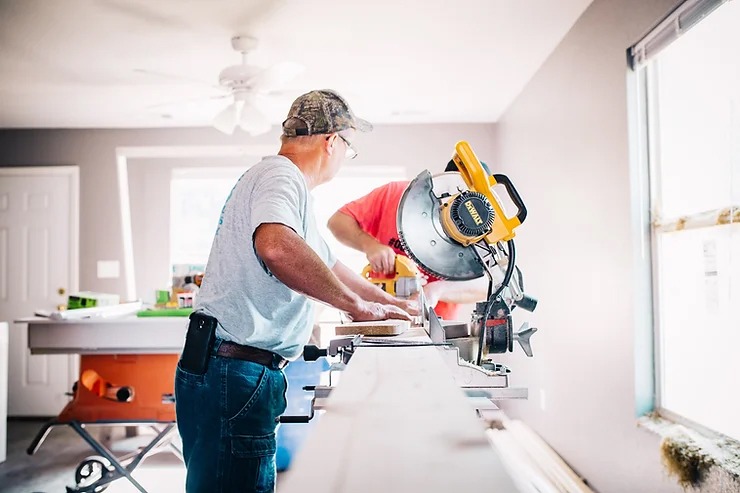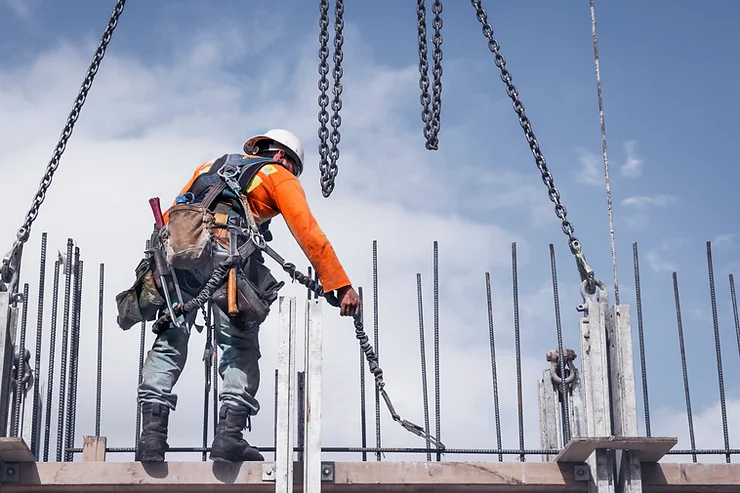Landscape design is a specialized discipline that combines art, science, and technical skill to plan, design, and create aesthetically pleasing outdoor environments. It’s more than just planting flowers and trees; it’s about understanding the ecosystem, the architecture, and the specific needs and wants of the client to create a cohesive and functional outdoor space.
Key Components of Sustainable Landscape Design
- Site Analysis: Before the actual design process begins, landscape designers conduct a detailed analysis of the site. This includes understanding the soil type, sunlight, wind patterns, topography, existing vegetation, and any other environmental factors that might affect the design.
- Concept Development: Based on the client’s requirements and the site analysis, designers create initial concepts and ideas that align with the overall goals of the project.
- Master Planning: This phase involves developing a detailed master plan, including layout, planting schemes, hardscape elements, water features, lighting, and more. It’s a comprehensive plan that guides the entire project from start to finish.
- Material and Plant Selection: Choosing the right plants and materials is essential to ensuring that the landscape is both beautiful and sustainable. This involves selecting plants that are suitable for the local climate, soil, and aesthetic goals of the design.
- Sustainability and Environmental Consideration: Modern landscape design often incorporates principles of sustainability, considering factors such as water efficiency, native planting, and creating habitats for local wildlife.
- Collaboration: Landscape designers often work closely with other professionals like architects, engineers, and landscape contractors to ensure that the design is realized accurately and effectively.
- Ongoing Maintenance Plans: A well-designed landscape requires ongoing care and maintenance. Landscape designers often provide guidance and plans for long-term care to keep the landscape thriving and looking its best.
The Relationship Between Landscape Design, Landscaping, and Landscape Construction
Landscape design serves as the foundation for both landscaping and landscape construction. Here’s how they interconnect:
- Landscape Design: This is the overall planning phase, where the vision is created. It sets the stage for everything that follows.
- Landscape Construction (or Hardscaping): This focuses on implementing the hard, non-living elements from the design such as patios, walkways, and retaining walls.
- Landscaping: This involves implementing and caring for the living components of the design, including planting trees, shrubs, flowers, and ongoing maintenance like pruning and watering.
Conclusion
Sustainable landscape design is a complex and multifaceted discipline that requires a blend of creativity, technical skill, and environmental understanding. It goes beyond mere aesthetics to create spaces that are not only beautiful but also functional, sustainable, and in harmony with the natural surroundings.
Whether it’s a residential garden, a public park, or a corporate campus, landscape design plays a crucial role in shaping our outdoor spaces, providing not only visual pleasure but also enhancing our quality of life and connection to nature. It’s a field that constantly evolves, integrating new technologies and sustainable practices to create landscapes that enrich our lives and our environment.




